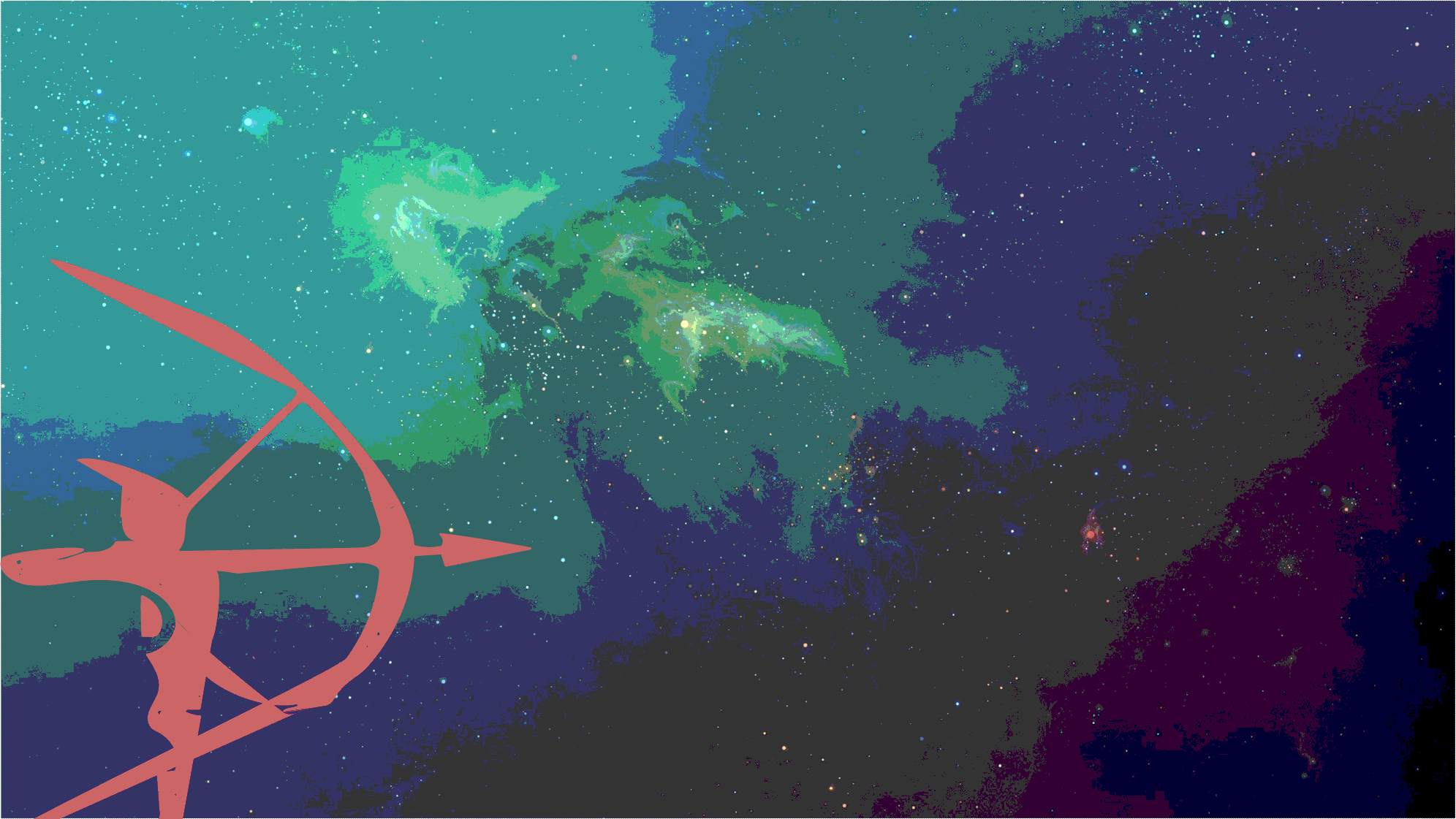As we enter 2024, the web design landscape is rapidly evolving, driven by technological advancements, changing user expectations, and the demand for more engaging digital experiences. With users expecting seamless navigation, faster load times, and immersive visuals, designers must stay on top of the latest trends to create future-ready websites. Here are the key web design trends that will define 2024:
AI-Driven Personalization
Artificial intelligence (AI) has taken center stage in web design. In 2024, websites are becoming more personalized, adapting content and layout dynamically to suit individual user preferences. AI algorithms analyze browsing history, location, and real-time behavior to offer tailored experiences, like personalized product recommendations, optimized navigation, and content that adjusts based on the user’s intent. The goal is to provide a more engaging and relevant experience, boosting user retention and satisfaction.
Immersive 3D Elements
The use of 3D graphics and elements is set to dominate web design in 2024. These elements offer depth and interactivity, creating more immersive user experiences. From 3D product previews to virtual spaces that users can explore, the integration of 3D elements brings a tactile feel to websites, especially in industries like e-commerce and real estate. The challenge lies in balancing these graphics with fast load times and ensuring they remain functional on mobile devices.
Neumorphism and Glassmorphism
The visual styles of **neumorphism** and **glassmorphism** continue to shape modern web design. Neumorphism focuses on soft, extruded shapes that mimic physical buttons and elements, giving websites a minimalist and tactile appearance. Meanwhile, glassmorphism, with its frosted glass effect and transparent layers, offers a futuristic and clean design aesthetic. These styles create a sense of depth and materiality without overwhelming users, making interfaces feel modern yet approachable.
Dark Mode and Light Mode Toggle
Dark mode continues to be popular due to its aesthetic appeal, reduced eye strain, and energy-saving capabilities on OLED screens. In 2024, more websites are incorporating light/dark mode toggles to give users control over their browsing experience. Offering both modes enhances accessibility and gives designers the freedom to create dual-tone interfaces that suit different lighting environments, personal preferences, and moods.
Augmented Reality (AR) Integration
As AR technology becomes more accessible, its integration into web design is a game changer, especially for e-commerce, travel, and interior design websites. In 2024, users can interact with AR features directly on websites, visualizing how products would look in their space or trying out virtual tours of properties or travel destinations. This interactive experience elevates engagement and provides users with a more tangible sense of the products and services being offered.
Minimalism with Bold Typography
While minimalism remains a core principle of modern web design, in 2024, it is combined with the use of bold typography to make a statement. Large, expressive fonts not only serve as a design element but also improve readability and accessibility. Minimalist designs with ample white space and vibrant, oversized text guide users’ attention to key messages and calls-to-action, ensuring that the content remains the star of the site.
Micro-Interactions and Motion Design
Small animations and interactive elements, or **micro-interactions**, enhance user engagement by offering instant feedback. Whether it’s a button that changes color upon hovering or a form field that shakes when incorrectly filled, these subtle motions make the user experience more intuitive and satisfying. In 2024, web designers are increasingly using these interactions to add a layer of delight to the UX, without overwhelming the user or slowing down the site’s performance.
Sustainability-Centric Web Design
As sustainability becomes a global priority, 2024 sees a rise in **eco-friendly web design** practices. Designers are focusing on optimizing websites for faster load times, reducing server usage, and creating lightweight websites that consume less energy. This trend is also reflected in content choices, with more websites adopting sustainable messages, highlighting green practices, and simplifying user experiences to reduce digital waste.
Voice User Interface (VUI)
With the continued rise of voice assistants like Siri, Alexa, and Google Assistant, voice user interfaces (VUIs) are making their way into web design. In 2024, websites are beginning to offer voice-controlled navigation, allowing users to interact with websites without typing or clicking. This trend is particularly important for accessibility, catering to users who prefer or need an alternative to traditional interfaces.
Custom Illustrations and Unique Visuals
Generic stock images are being replaced by custom illustrations and unique visuals in 2024. Websites are opting for bespoke designs that reflect brand personality and stand out in a crowded digital landscape. These custom visuals create a more cohesive and authentic user experience, giving brands the opportunity to differentiate themselves through design creativity.
Conclusion
In 2024, web design trends are all about enhancing user engagement, creating personalized experiences, and leveraging new technologies like AI and AR. Designers are focusing on accessibility, sustainability, and the fusion of minimalist aesthetics with bold, interactive elements. By staying on top of these trends, brands can deliver websites that are not only visually appealing but also functional, responsive, and future-proof.
PS:
Here is an image representing a futuristic website design featuring trends from 2024. It showcases sleek minimalism, bold typography, 3D elements, neumorphic buttons, glassmorphism, AI personalization, and other cutting-edge design features.

